Divers Finally Reach the Bottom of Belize’s Blue Hole and What They Find Is Disturbing
Belize’s famous Blue Hole looks breathtaking from a bird’s eye view, with its perfectly circular shape and pristine blue waters, but what lies at the bottom is tragic. The massive Blue Hole lies 60 miles off of the coast of Belize and drops an astronomical 410 feet to the bottom of the ocean.
Millions of years ago, the Blue Hole was a large cave system. Today, it is the world’s largest sinkhole. Recently, a team of explorers set out to see if they could find what was lurking in the depths of this untouched ocean formation.
Diving This Deep is a Risky Endeavor
Diving to great depths is a risky endeavor that requires experience and expertise. Very few divers have the experience and capability to dive into places like the Blue Hole, yet the famous explorer, Jacques Cousteau, had all of the necessary experience.
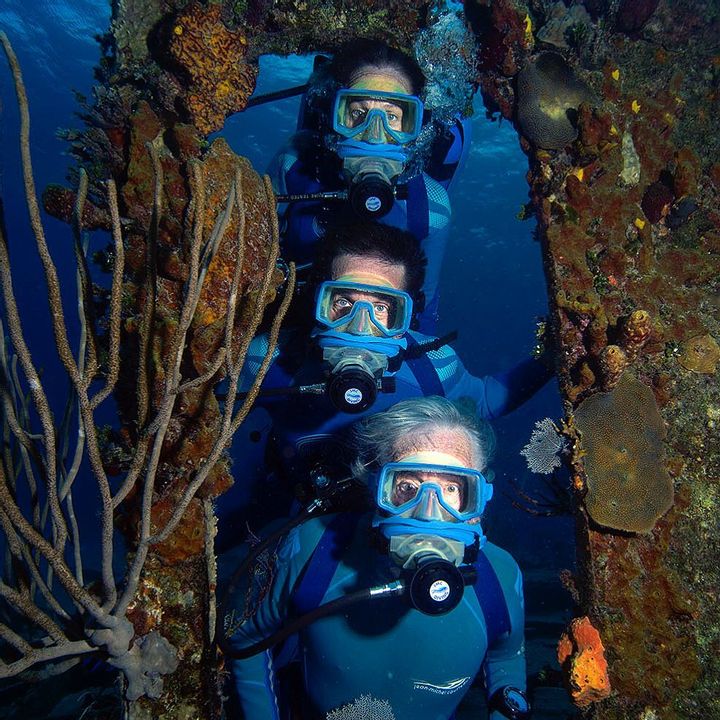
Source: @fcousteau/ Instagram
Jacques -Yves Cousteau was a French underwater filmmaker who was famous for shooting underwater documentaries from his oceanographic vessel, Calypso. He is also responsible for creating the scuba gear that divers use today.
The Cousteau Family Knew They Had the Proper Experience
In the mid-1970s, Jacques Cousteau’s Calypso made his famous exploration of the Blue Hole, beginning an era of dive travel in Belize. Jacques said that after exploring the Blue Hole, he was confident that it was one of the top five diving spots on Earth.
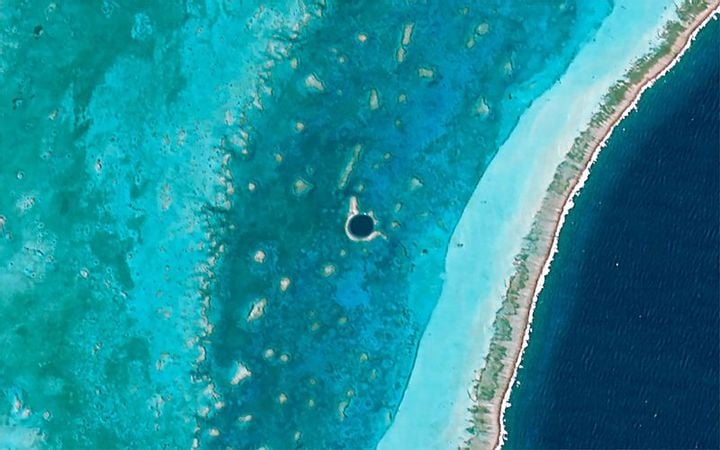
Source: @Axelspace Corporation/ Wikimedia Commons
With less sophisticated equipment available in the 1970s, Jacques could only get a small peek at the world beneath the surface.
Where is The Belize Barrier Reef?
The Belize Barrier Reef lies east off of the Belize coast. It is one of the largest portions of the Mesoamerican Barrier Reef.
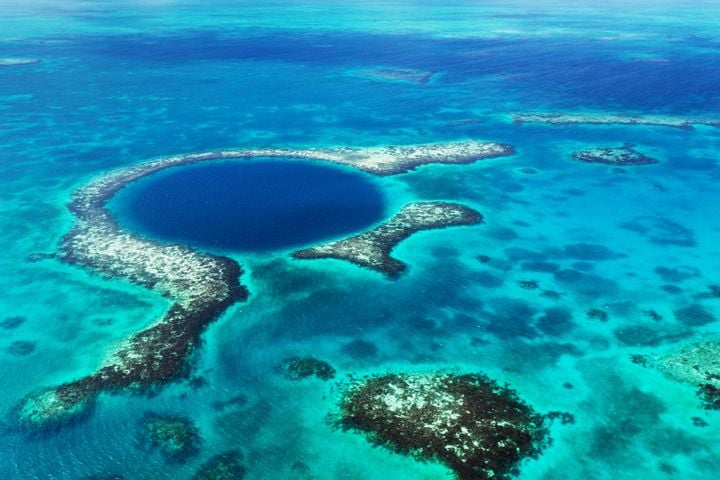
Source: tamifreed/ Depositphotos
The reef starts in the Yucatan Peninsula in Mexico and meets its end on the south side of Honduras.
The Blue Hole is an Unearthly Marvel
At the center of the reef lies a dark spot known as the Blue Hole, which has intrigued and mystified explorers for decades. This hole lies on the eastern end of the Belize Barrier Reef, in a small portion of the larger reef known as Lighthouse Reef.
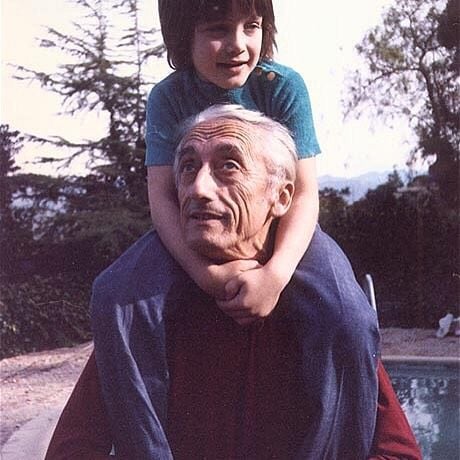
Source: @fcousteau/ Instagram
As a marvel of the natural world, it has become irresistible for scuba enthusiasts. But what lies beneath has been a true mystery for years.
The Hole Is Large Enough to Fit Two Boeing 747s
The Great Blue Hole is an enormous ocean anomaly; a large underwater sinkhole big enough to fit two Boeing 747s side by side. The hole is perfectly circular in shape, 984 feet (300 metres) across, and 410 feet deep (125 metres). It is considered the world’s largest natural formation, giving it the distinct honor to be named a World Heritage Site of the United Nations Educational, Scientific, and Cultural Organization (UNESCO).

Source: seg.org
The Great Blue Hole is one of the trickiest spots for divers to navigate, and exploring its depths requires the completion of at least 24 previous dives in different locations.
Much of The Hole Remains Unexplored
Over the years, the Great Blue Hole has become an extremely popular diving destination, attracting experienced scuba divers from all over the world.
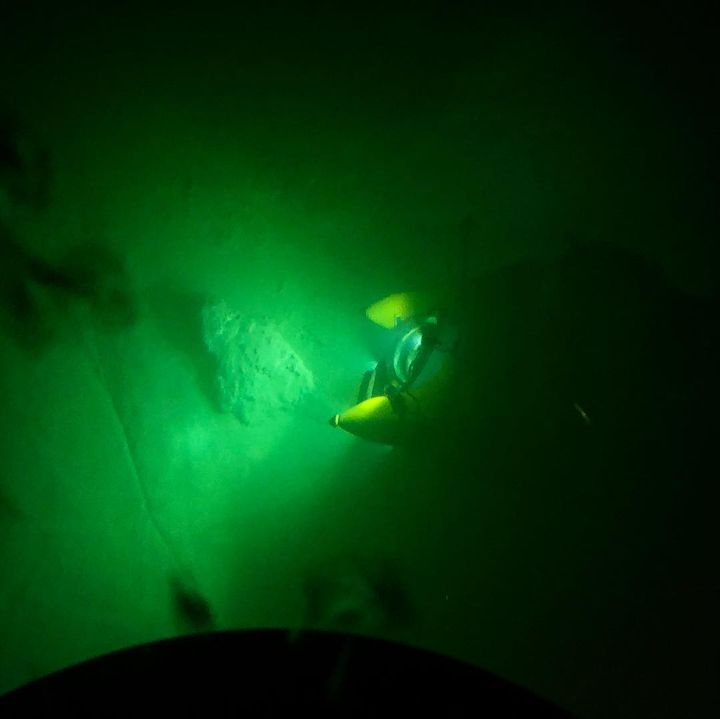
Soruce: @fcoustearu/ Instagram
Most of what lies in the depths of The Great Blue Hole is a mystery. From the depths possible to reach using scuba gear, divers are treated to a cornucopia of marine life that includes nurse sharks, giant groupers, spectacular coral reefs, and several types of reef sharks.
Fabien Cousteau’s Interest in the Hole Is a Family Affair
In 2018, Jacque Cousteau’s grandson, Fabien Cousteau, returned to the Hole with an Aquatica Submarine to capture high-quality photos and videos of what lies in its depths.
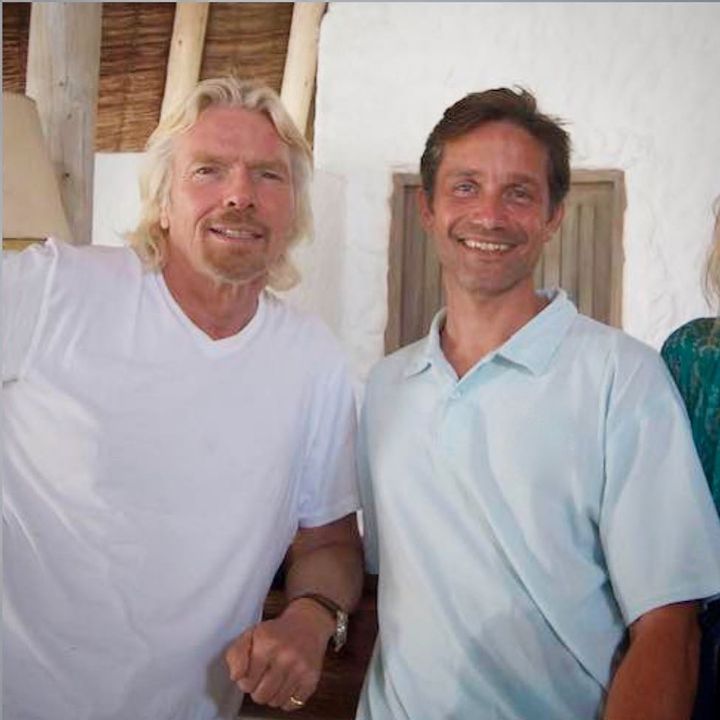
Source: @fcousteau/ Instagram
The expedition included Aquatica’s Chief Pilot and Oceanographer, Erika Bergman, and was broadcast live on the Discovery Channel on December 2, 2018.
Cousteau Brought a Billionaire On The Expedition
Fabien’s plan drew interest from other ocean explorers, including the legendary adventure, conservationist, and billionaire, Sir Richard Branson.
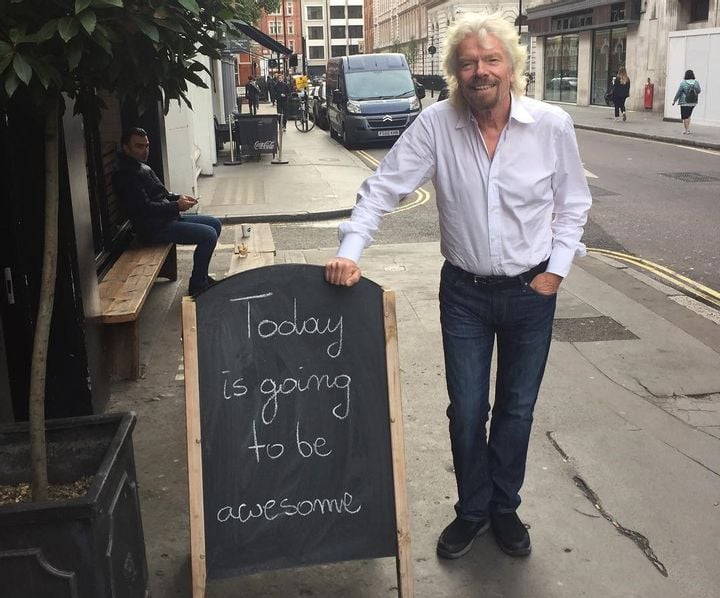
Source: @richardbranson/ Instagram
Branson is the owner of Virgin Group and Virgin Oceanic, which has a fleet of high-end submersible vehicles. Branson, who is very passionate about ocean exploration, was keen to join Cousteau on his Caribbean adventure.
Branson Used This Exploration To Educate About Sustainability
Branson spends his time and resources raising awareness about climate change. Branson was in Belize supporting Ocean Unite and promoting the importance of protecting at least 30 percent of the ocean by 2030.
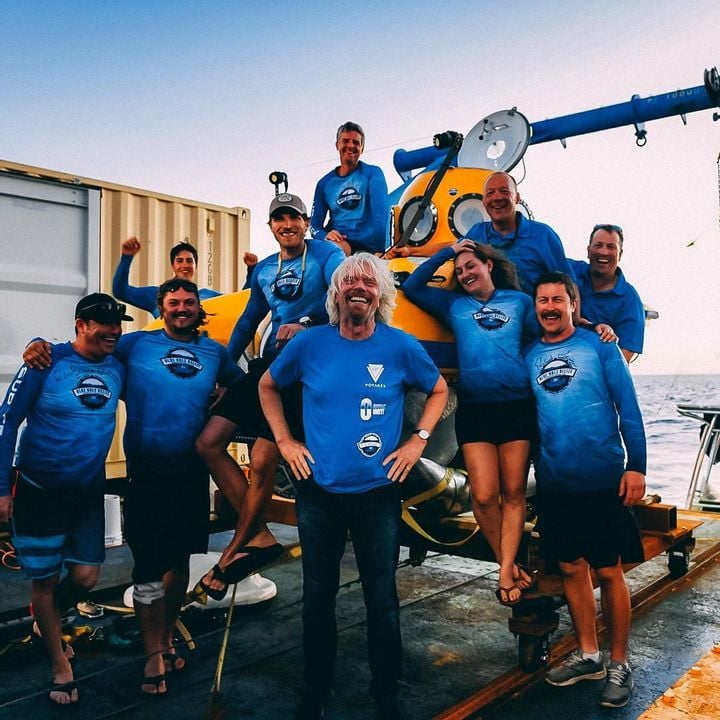
Source: @aquaticasubs/ Instagram
Tragically, so many of our planet’s coral reefs have died as a result of climate change. Branson has dedicated his life and platform to informing and helping keep our oceans happy and healthy.
Branson Noted The Blue Hole Was Unique to Other Deep Dives
Branson knew that a dive into the Blue Hole would be a unique experience, to say the least. The Blue Hole is not the largest or deepest in the ocean, but its unusual geological composition and shape have made it impossible to penetrate to the bottom.
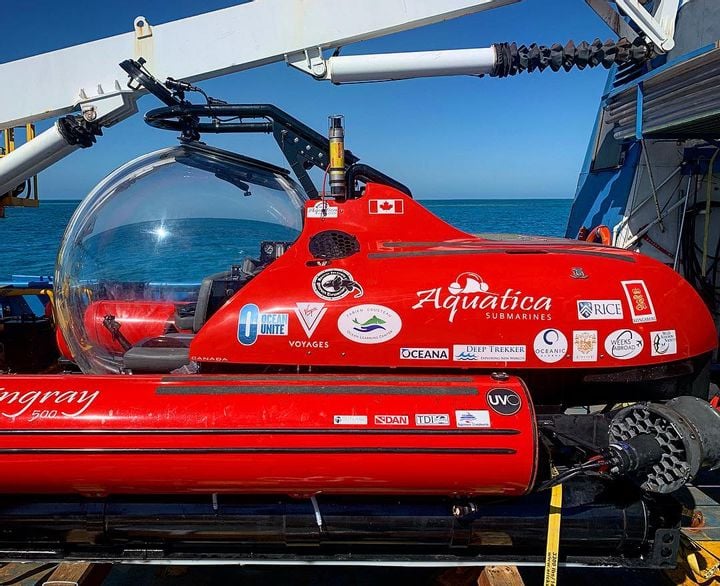
Source: @fcousteau/ Instagram
Branson referred to the expedition as a “ planetary inner space” mission. Likely because this expedition felt otherworldly since it was a revolutionary dive!
The Team Set Up a Livestream for the Exploration
Cousteau, Branson, and Bergman made it possible for all of us to enjoy the exploration into the Blue Hole by live streaming their descent, using the Discover Channel as a platform to broadcast their feed worldwide in real-time.
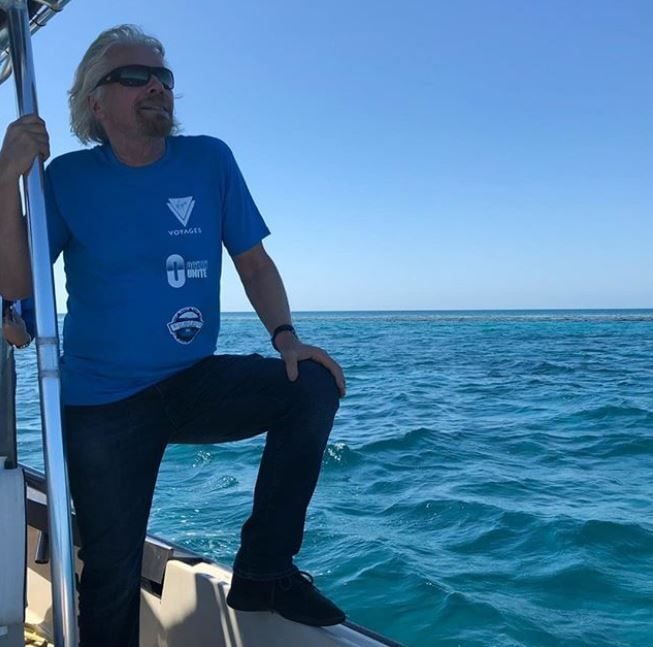
Source: @richardbranson/ Instagram
The live stream broadcast entitled, “Discovery Live: Into the Blue Hole” was a two-hour live broadcast where explorers were tasked with creating the first-ever three-dimensional map of the depths of the Blue Hole. Military sonar and advanced underwater video equipment was used to create the interactive 3D model of the Blue Hole.
Public Interest in Deep-Sea Exploration Was at an All-Time High
In March 2012, filmmaker and explorer James Cameron made a record-breaking solo dive 35,787 feet (10,908 metres) below the surface of the Pacific Ocean in the DEEPSEA CHALLENGER submersible vessel to reach the world’s deepest frontier: the Mariana Trench.
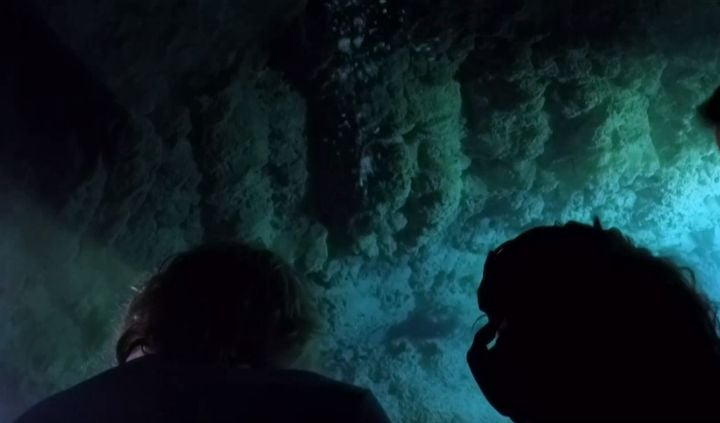
Source: YouTube
Branson, Cousteau, and Bergman knew they would be diving into much shallower waters than Cameron, so their vessel was built with a more spacious viewing dome.
The Crew’s First Find Was a Series of Underwater Caves
During the initial descent, the crew’s visibility was reduced by the submarine kicking up sediment.
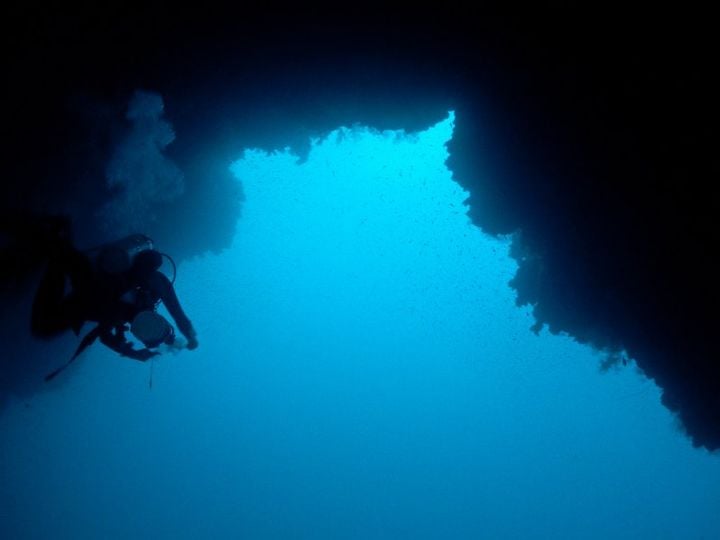
Soruce: traveltriangle.com
When the sediment dissipated,a large series of caves with hanging stalactites emerged into view. This initial discovery was not what the crew expected to find.
Finding Stalactites Underwater Is Unorthodox
What is unique about finding underwater stalactites is that they’re commonly only found in dry caves on land. As far as scientists knew, it was impossible for caves to form beneath the surface of the water.
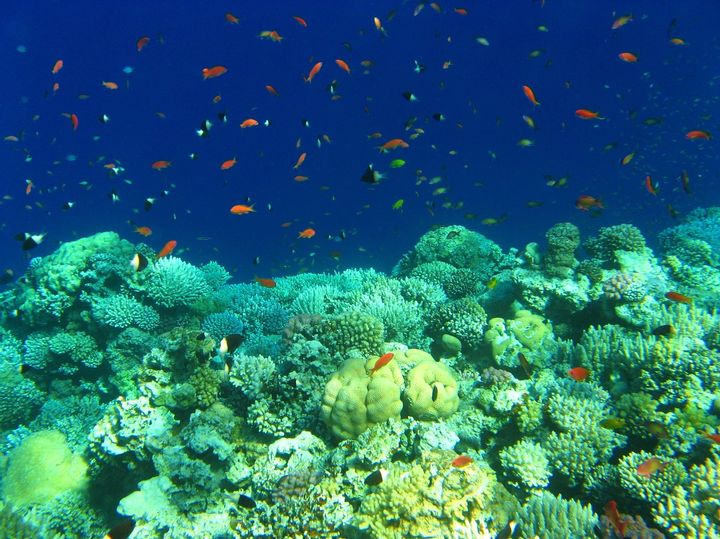
Source: Alex Trybrat/ Pixabay
How could there be so many stalactites at almost 20 meters beneath the ocean’s surface?
It Could Only Mean One Thing
The crew determined that the existence of underwater stalactites could only mean one thing: the stalactites were formed on dry land. But how?

Source: mohamedraheem/ Depositphotos
“The Blue Hole is made of a complex system of caves that once formed on dry land. It is proof of how oceans can rise quickly and catastrophically. Sea levels were once hundreds of feet lower. 10,000 years ago the sea level rose by about 300 feet when a lot of ice melted around the world. At 300 feet down you could see the change in the rock where it used to be land and turned into sea. It was one of the starkest reminders of the danger of climate change I’ve ever seen,” said Bronson on Virgin.com.
These Caves Date Back To The Ice Age
Caribbean sea levels rose rapidly at the end of our last major Ice Age 14,000 year ago, swallowing up vast stretches of dry Earth.
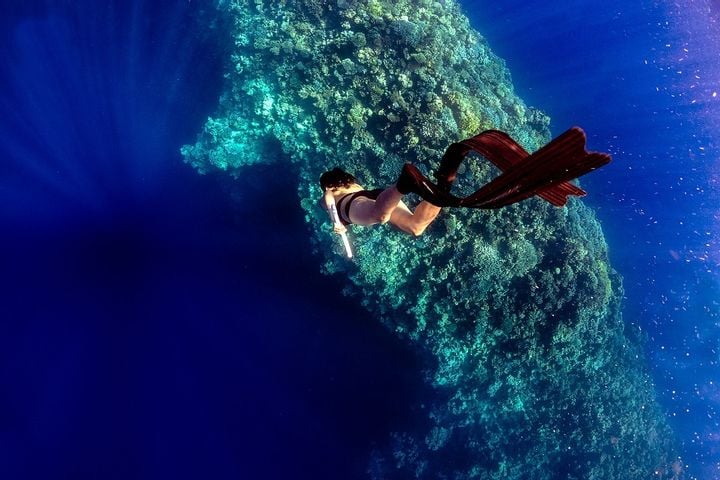
Source: @hyang_su__/ Instagram
Now around 200 ft beneath the surface of the ocean, the colors of these rock formations have greatly shifted, denoting where sea levels lay previously. These cave systems were likely once home to many land creatures.
A Few Years Before Their Trip, Another Team of Researchers Dove Into the Blue Hole
The Aquatica crew was not the first to dive into the Blue Hole. Many years before, a team of researchers from Louisiana State University and Rice University dove into this ocean marvel, collecting geological samples from its sheer walls at varying depths.
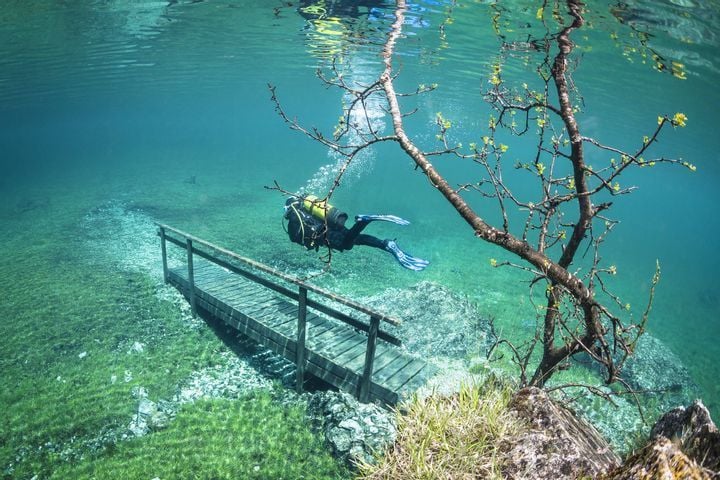
Source: SamBlonde/ Twitter
However, this team had a different goal in mind. They wanted to solve a larger mystery than could be explained by the geological samples they collected.
They Hoped To Solve A Different Mystery
Anyone that participates in these kinds of dives has a mission in mind. This team in particular was ready to answer some important questions that had been on the minds of researchers for years.
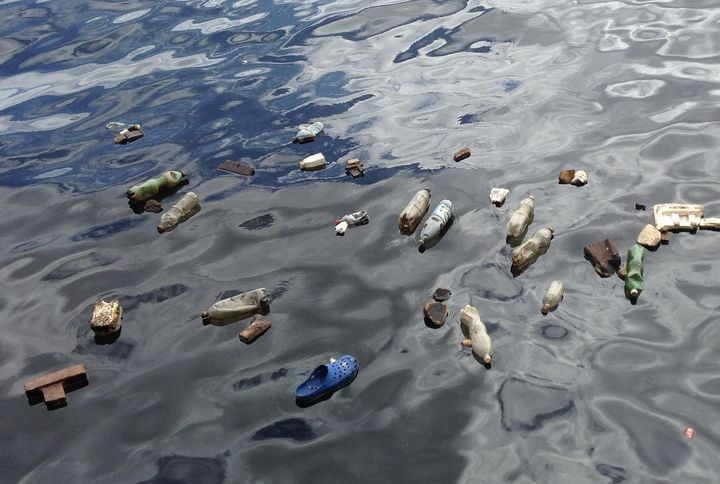
Soruce: tkeremmel/ Pixabay
This dual university crew hoped that the samples they uncovered would bring them one step closer to solving a historical mystery that occurred many miles from the ocean and the deepest, thickest jungles of Central America – what happened to the Mayans?
Could The Blue Hole Uncover Answers to the Lost Mayan Civilization?
A good portion of Central America, including Belize, had once been home to one of the world’s most advanced civilizations — the Mayans. Cities throughout the Mayan kingdom were abandoned, leading to the collape of the culture.
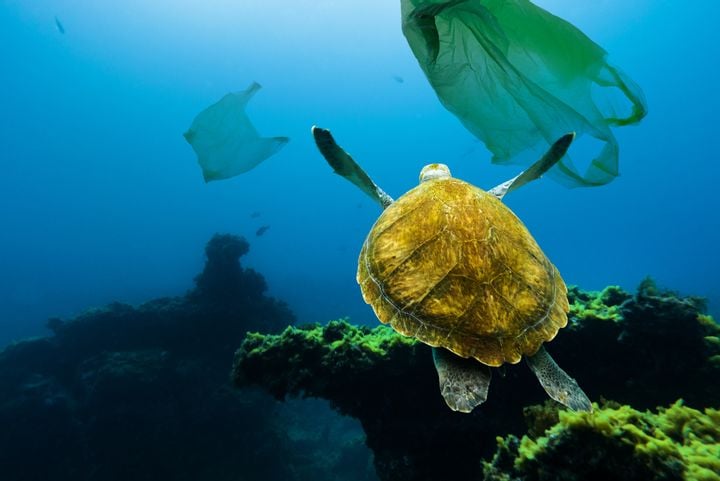
Source: Alamy
Some scientists who previously explored the Blue Hole noted unusually low levels of aluminum and titanium in the sheer walls, which was unusual considering that these elements are usually pulled out of ocean rocks into surrounding waters from passing tropical storms. Experts think this anomaly is the result of a long-lasting drought, which led to the decline of the Mayan civilization.
This University Team Is Caught in a Toxic Layer
The university team was caught in a 20-foot thick toxic and deadly layer of hydrogen sulfide, floating around 30 meters beneath the ocean’s surface.

Source: gizmodo.com
This toxic layer suffocates marine life and corrodes the metal on the submersible. If something is toxic enough to corrode metal, you can imagine how dangerous it is to living things.
Branson and Cousteau’s Vessel Was Well Equipped
This noxious layer of hydrogen sulfide often marks the threshold to which divers can travel. However, the Aquatica crew had prepared for this layer using a vessel equipped to survive the harmful environment.

Source: Quang Nguyen vihn/ Pixabay
They were able to continue their descent beyond the toxic layer into greater depths. They were not going to be stopped from reaching new depths and finding the bottom of the elusive pit.
Mapping the Geological Anomalies at the Bottom
The team managed to get to the bottom of the hole after making their way through the thick cloud of hydrogen sulfide, a never-before-accomplished feat.

Source: inhabitat.com
Fabien was excited he would be able to continue his grandfather’s work, mapping the lowest reaches of this geological anomaly. The team hoped to return to the surface with some scientifically important discoveries.
From the Top, The Blue Hole Seems Pristine
From a bird’s eye view, the Blue Hole looks like a pristine ocean wonder, untouched by man. However, as the Aquatics three-person crew continued diving deeper, the reality of what was at the bottom of the hole was uncovered.

Source: Monica Volpin/ Pixabay
Years of research and the work of tons of divers, scientists, and more would finally come to a head. What would they find at the bottom of the “Great Blue Hole”?
What They Found on the Bottom
The Aquatica crew discovered a two-liter coke bottle, and a Go-Pro with vacation photos on it, but that is not all. They also found the bodies of two of the three people who went missing in the Blue Hole.

Source: H. Hach/ Pixabay
The explorer team decided to leave them there as a final peaceful resting place but did inform the Belize government that they had been found.
Branson Would Not Go Quietly Into the Night
While it was certainly a disappointing site to see trash at the bottom of the Blue Hole, Branson did not want to be passive about his experience. Instead, he teamed up with the conservationist conglomerate, Ocean Unite, to find ways he could take action to save Blue Hole’ and the rest of our world’s oceans.

Soruce: npr.org
Ocean Unite has an ambitious goal to set aside at least 30% of our oceans as internationally protected areas. Any damage that occurs in protected waters, meaning any damage would instigate legal ramifications.
Convincing Belize’s Leader to Take Action
Branson spoke with the nation’s leader to convince him to set aside 10% of the territorial waters surrounding Belize as protected conservationist areas.

Soruce: sixt.com
His goal was to ban the use of industrial and commercial products which had proven incredibly damaging to the local ecosystem. Upon returning home from Belize, Branson banned the use of single-use plastic aboard Virgin Atlanticflights.
The Blue Hole is an Impetus for Change
Since plastic use exploded after the second World War, it has caused irreperable damage to our planet. It is estimated that up to 13 million metric tons of plastic is dumped in the ocean each year. Fish, seabirds, sea turtles, and marine mammals are dying by becoming entangled in or ingesting plastic debris, causing suffocation, starvation, and drowning.

Source: climateaction.org
Thanks to the hard work of researchers and financial contributions from the likes of Richard Branson to make expeditions possible, explorers are shedding light to the problem of plastic pollution in our oceans.
